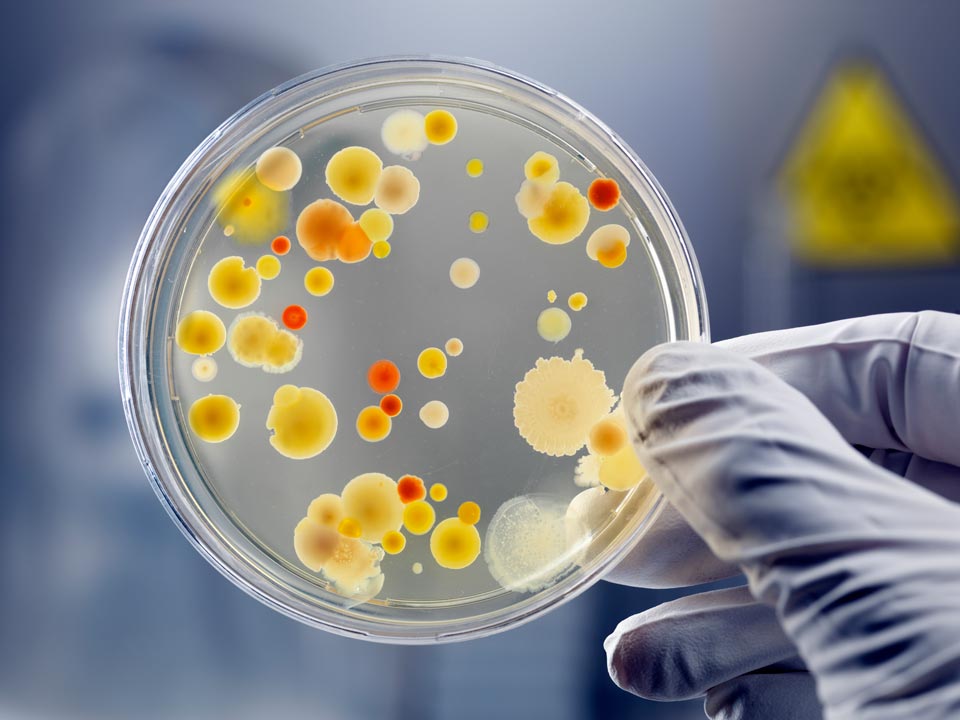Culture and Sensitivity Skin Test in Dogs

A culture and sensitivity test is done to identify the type of bacteria involved in an infection and which medications might be effective against them.
How Is a Culture and Sensitivity Test Performed?
When a veterinarian wants to perform a culture and sensitivity test on a dog's skin, he or she will collect a sample of the cells on the surface of the affected area with a swab. Then, the swab is sent to the lab or rolled onto a petri dish.
A culture and sensitivity skin test is non-invasive and reasonably affordable. It can provide a tremendous amount of information to the veterinarian and all more effective treatment of a skin condition.
The sample is allowed to grow on the petri dish. If there is no growth after a week or so, the test is negative. If there is growth, some of it is removed from the dish and examined under the microscope to identify the types of bacteria that are present.
Once the bacteria are identified, the sensitivity part of the test can be done. Small discs infused with various antibiotics are placed on the dish in the bacterial colonies. Over time, the colonies' reaction to each antimicrobial is observed, recorded, and reported to the veterinarian. This can help the doctor choose the antibiotic that is most likely to be effective in getting rid of the infection with the least side effects to the individual depending on other medical conditions and medication reactions.
Note: An in vitro (in a petri dish) sensitivity test doesn't always translate to a successful infection treatment in the animal. That's because there can be "real world" factors going on that can cause the results to be different.
Other Culture and Sensitivity Tests
A culture and sensitivity test can be performed on areas of the body other than the skin. For example, they are quite commonly used to diagnose urinary tract infections and help the veterinarian choose an effective antibiotic. For that test, a small amount of urine is used on the petri dish.
Culture and sensitivity can be used on a sample from an abscess or wound. A veterinarian might also take a sample of internal fluid or tissue to perform culture and sensitivity on. Those samples might be collected using a needle or during surgery.
You May Also Like These Articles:
Dealing With Canine Scratching and Licking
Atopy: Inhalant Allergies in Dogs
My Older Dog Sleeps a Lot: Is He OK?
Disclaimer: This website is not intended to replace professional consultation, diagnosis, or treatment by a licensed veterinarian. If you require any veterinary related advice, contact your veterinarian promptly. Information at DogHealth.com is exclusively of a general reference nature. Do not disregard veterinary advice or delay treatment as a result of accessing information at this site. Just Answer is an external service not affiliated with DogHealth.com.


